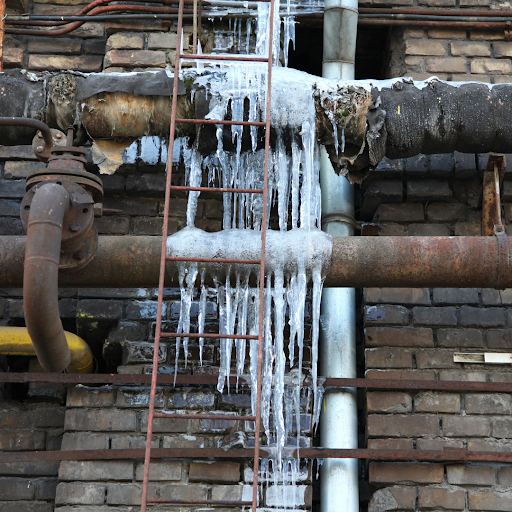This post following next on the subject of Preventing and dealing with frozen pipes is relatively attention-grabbing. Don't overlook it.

Winter can ruin your plumbing, particularly by freezing pipelines. Right here's exactly how to prevent it from taking place and what to do if it does.
Introduction
As temperatures decline, the danger of icy pipes boosts, possibly bring about expensive fixings and water damage. Comprehending exactly how to avoid icy pipelines is important for house owners in cool environments.
Understanding Icy Pipelines
What triggers pipelines to ice up?
Pipes freeze when revealed to temperatures below 32 ° F (0 ° C) for expanded periods. As water inside the pipes freezes, it expands, putting pressure on the pipe wall surfaces and potentially triggering them to burst.
Threats and damages
Icy pipelines can cause water system disturbances, property damage, and costly repairs. Burst pipelines can flood homes and cause extensive architectural damage.
Signs of Frozen Pipeline
Identifying icy pipelines early can prevent them from bursting.
How to recognize icy pipelines
Try to find reduced water circulation from taps, uncommon smells or sounds from pipelines, and noticeable frost on exposed pipes.
Prevention Tips
Insulating susceptible pipelines
Cover pipelines in insulation sleeves or utilize heat tape to protect them from freezing temperatures. Concentrate on pipes in unheated or exterior locations of the home.
Home heating strategies
Maintain indoor areas effectively heated, particularly locations with pipes. Open up cupboard doors to allow cozy air to flow around pipelines under sinks.
Shielding Outside Pipes
Yard tubes and outdoor taps
Detach and drain garden hose pipes prior to winter. Set up frost-proof spigots or cover exterior faucets with shielded caps.
What to Do If Your Pipes Freeze
Immediate actions to take
If you suspect icy pipelines, maintain taps available to relieve stress as the ice melts. Make use of a hairdryer or towels taken in warm water to thaw pipes slowly.
Long-Term Solutions
Architectural modifications
Take into consideration rerouting pipes far from exterior wall surfaces or unheated locations. Include additional insulation to attic rooms, cellars, and crawl spaces.
Upgrading insulation
Purchase high-grade insulation for pipes, attics, and wall surfaces. Proper insulation helps keep consistent temperature levels and decreases the danger of frozen pipelines.
Verdict
Stopping frozen pipelines requires proactive procedures and quick responses. By understanding the reasons, indications, and safety nets, home owners can shield their plumbing throughout winter.
5 Ways to Prevent Frozen Pipes
Drain Outdoor Faucets and Disconnect Hoses
First, close the shut-off valve that controls the flow of water in the pipe to your outdoor faucet. Then, head outside to disconnect and drain your hose and open the outdoor faucet to allow the water to completely drain out of the line. Turn off the faucet when done. Finally, head back to the shut-off valve and drain the remaining water inside the pipe into a bucket or container. Additionally, if you have a home irrigation system, you should consider hiring an expert to clear the system of water each year.
Insulate Pipes
One of the best and most cost-effective methods for preventing frozen water pipes is to wrap your pipes with insulation. This is especially important for areas in your home that aren’t exposed to heat, such as an attic. We suggest using foam sleeves, which can typically be found at your local hardware store.
Keep Heat Running at 65
Your pipes are located inside your walls, and the temperature there is much colder than the rest of the house. To prevent your pipes from freezing, The Insurance Information Institute suggests that you keep your home heated to at least 65 degrees, even when traveling. You may want to invest in smart devices that can keep an eye on the temperature in your home while you’re away.
Leave Water Dripping
Moving water — even a small trickle — can prevent ice from forming inside your pipes. When freezing temps are imminent, start a drip of water from all faucets that serve exposed pipes. Leaving a few faucets running will also help relieve pressure inside the pipes and help prevent a rupture if the water inside freezes.
Open Cupboard Doors
Warm your kitchen and bathroom pipes by opening cupboards and vanities. You should also leave your interior doors ajar to help warm air circulate evenly throughout your home.

Do you appreciate more info about Winter Plumbing Precautions: Preventing Frozen Pipes? Try to leave a remark further down. We would be glad to find out your feelings about this article. We hope that you come back again in the future. Sharing is nice. Helping others is fun. We enjoy your readership.
Click Here